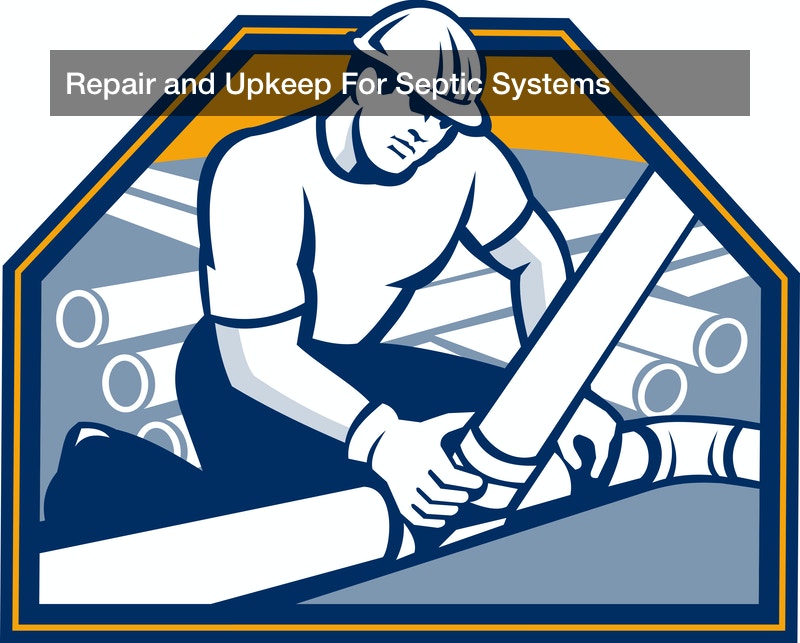
Practically all properties in the United States today are connected to utilities for running water, and the very concept of plumbing dates back to the Roman days. Today’s public utilities are more advanced than anything the Romans had, though, from large-scale sewage disposal systems to water treatment plants for entire cities. Most houses today are connected to these public utilities to get fresh water and dispose of sewage, but some properties in rural areas need a different option. Around 25% of American houses make use of septic systems instead, made up of septic tanks, natural filters, pipes, and more. Sometimes, a homeowner needs to call upon septic tank services to clean out or repair their hardware and keep it running. You must know when it is time to repair your septic system, and if you repair your septic system regularly, it may last much longer and without issue.
How Septic Systems Operate
It is also important to know how a septic system works, so you can know when it is time to repair your septic system or have it cleaned out. To begin with, all dirty and used water from the house is flushed down pipes and is deposited into a large underground septic tank, and such tanks can hold two or three days’ worth of water all at once. Inside this tank, bacteria colonies break down organic waste, and waste particles settle to the tank’s bottom to form a thick sludge. Fats and oils will float to the top, and relatively clean water is in between. After a few days of this, the water will pass through a filter grate for further cleaning, and it will flow deeper into the system.
Now, the semi-cleaned water will pass through a branching series of pipes that are just under the soil’s surface, and it can leak out through nozzles and holes. This takes place in the property’s drainage field, and the water is further cleaned and filtered as it leaks through loose gravel, soil, and bacteria colonies that remove more impurities. This allows safe, clean water to re-enter the natural water cycle in the drainage field, and the septic process is now complete.
repair Your Septic System
When is it time for a septic system to undergo some repairs or cleaning? For the most part, this system operates independently, but it may need some upkeep. For one thing, bear in mind that the sludge in that septic tank cannot leave the tank on its own, so the homeowner must measure the rising sludge levels (often with a measuring stick that can be inserted into the tank). Once the tank is one third to one half full, it is time to call for septic pumping services nearby, and ask a crew to visit with a truck-mounted tank and pump. These workers will then dig up the tank’s hatch, open it, attach a thick hose, and draw out all waste materials inside with a pump. Once that’s done, the septic tank is buried again and the truck hauls off the waste.
A very old septic tank, such as one that is 20 years old or more, may start to break down and leak, and that cannot be allowed. Septic services can be hired to unearth the old tank and remove it, then install a brand new one (it might be larger or smaller than the old tank, if needed). In addition, that filter grate may get clogged over time, and it should be removed and cleaned off, then replaced. If it’s damaged, it should be repaired or replaced right away so the filtration process isn’t compromised.
The pipes in the drainage field may get clogged on the inside over time, restricting water flow into the drainage field. So, workers can be hired to dig up those pipes and scour their insides clean with pressurized water, or those pipes can be repaired or replaced if they are damaged. On a final note, no motor vehicles should be allowed to drive across the drainage field, since a vehicle’s weight will compress the earth and block the water from leaching into the field. And solid waste such as baby diapers or tobacco shouldn’t be flushed into the system, since the septic tank can’t break them down.

